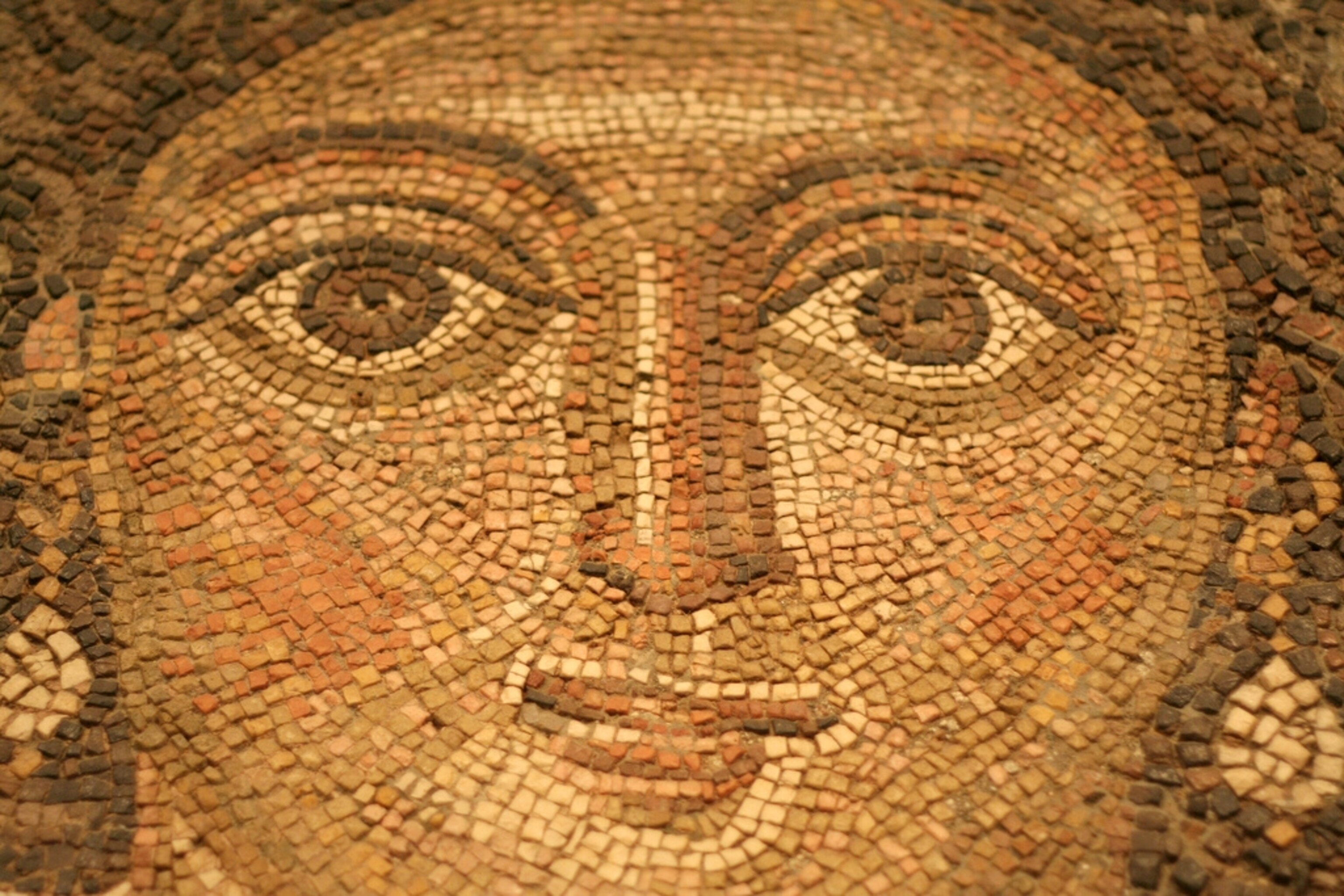In a mosaic portrait, many tiles, each a little different from the other, add up to an entire person. Genetically speaking, we can be living mosaics, too. As our cells divide, they sometimes mutate, creating distinct populations within us. Many of us carry the genomes of other people inside our bodies.
Scientists have known about these phenomena for a long time, but it was hard to know whether they were more than odd flukes. Now that scientists can sequence genomes from individual cells, they can now start to get at an answer. They are more widespread than was previously thought. The growing significance of chimeras and mosaicist has implications for our sense of genetic identity, as well as for treating diseases. Our many personal genomes are the subject of a feature I’ve written for today’s New York Times. Check it out.

